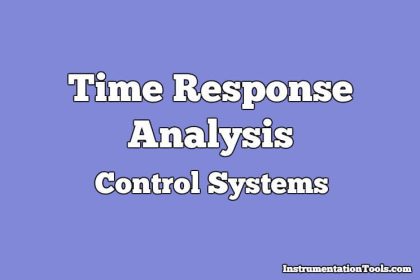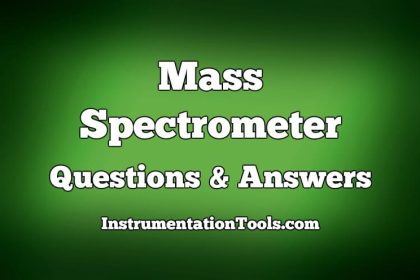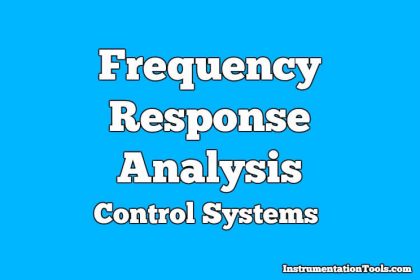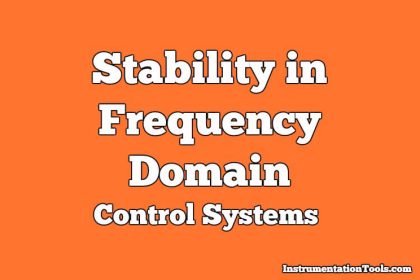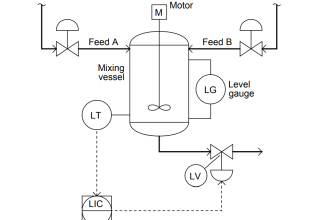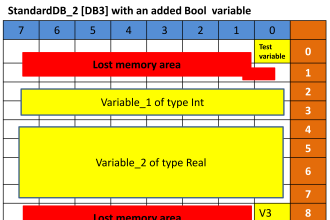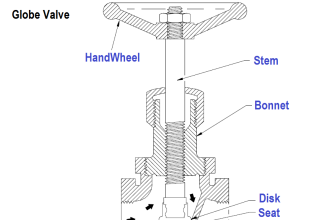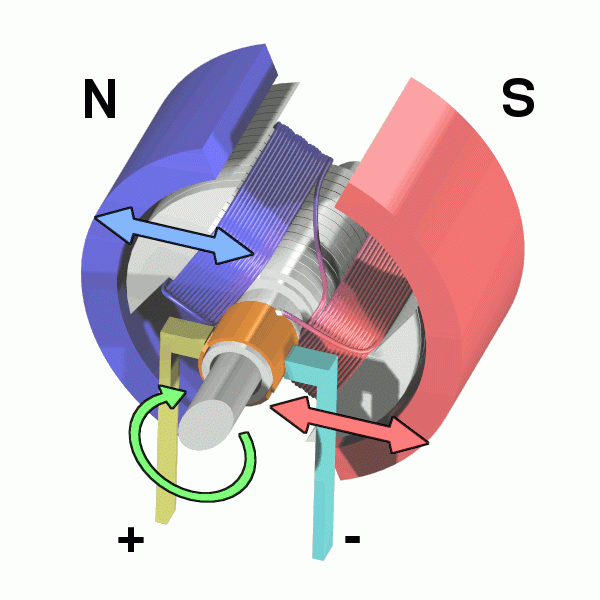Electron Spin Resonance Questions & Answers
1. Electron spin resonance involves detecting the detection of a physical phenomenon of ________ of electromagnetic radiation.
a) Adsorption
b) Absorption
c) Radiation
d) Reflection
Answer: a
Explanation: Electron spin resonance uses the detection of a physical phenomenon of absorption of electromagnetic radiation. Paramagnetic species absorb EM radiation.
2. Electron spin resonance is also known as which of the following?
a) Electron paramagnetic resonance
b) Electron diamagnetic resonance
c) Electron paramagnetic reoccurrence
d) Electron diamagnetic reoccurrence
Answer: a
Explanation: Electron spin resonance is also known as electron paramagnetic resonance. It is a valuable research analysis tool.
3. The value of magnetic moment is known as which of the following?
a) Thompson magneton
b) Bohr magneton
c) Goldstein magneton
d) Rutherford magneton
Answer: b
Explanation: Electron spin resonance is based on the spin associated with the electron. There is a magnetic moment the value of which is known as Bohr magneton.
4. When a strong magnetic field is applied to the unpaired spins of an electron, the electrons will be split into two groups.
a) True
b) False
Answer: a
Explanation: When a strong magnetic field is applied to the unpaired spins of an electron, the electrons will be split into two groups. Electron spin resonance is based on the spin associated with the electron.
5. When the electrons are aligned either parallel or antiparallel to the direction of external magnetic field, the electrons will precess about the axis at a frequency that is proportional to which of the following?
a) Applied magnetic field
b) Electron magnetic moment
c) Applied magnetic field and electron magnetic moment
d) Neither applied magnetic field not electron magnetic moment
Answer: c
Explanation: When the electrons are aligned either parallel or antiparallel to the direction of external magnetic field, the electrons will start to precess about the axis at a frequency that is proportional to both applied magnetic field and electron magnetic moment.
6. If a weaker radiofrequency alternating magnetic field, having the frequency of precession of the electron is applied at right angles to fixed magnetic field, which of the following occurs?
a) Fragmentation
b) Scattering
c) Resonance
d) Absorption
Answer: c
Explanation: Resonance occurs when a weaker radiofrequency alternating magnetic field with the frequency of precession of the electron is applied at right angles to fixed magnetic field.
7. If the population of ground state exceeds the population of the excited state a net absorption of __________ radiation takes place.
a) Infrared
b) Ultraviolet
c) Microwave
d) X-ray
Answer: c
Explanation: If the population of ground state exceeds the population of the excited state a net absorption of microwave radiation takes place. The signal would be proportional to the population difference.
8. The population ratio can be given by which of the following laws?
a) Bohr law
b) Beer-Lambert law
c) Kelvin law
d) Boltzmann law
Answer: d
Explanation: The population ratio can be given by Boltzmann law. ‘k’ is the Boltzmann constant.
9. The sensitivity of measurement is greatly enhanced by using which of the following?
a) High magnetic field
b) Low magnetic field
c) High electric field
d) Low electric field
Answer: a
Explanation: The sensitivity of measurement is greatly enhanced by using high magnetic field. Low magnetic field reduces sensitivity.
10. ESR sensitivity increases with __________ temperature and with _________ magnetic field strength.
a) Increasing, increasing
b) Increasing, decreasing
c) Decreasing, increasing
d) Decreasing, decreasing
Answer: c
Explanation: ESR sensitivity increases with decreasing temperature and with increasing magnetic field strength. ESR sensitivity means net absorption.
11. ESR is remarkably sensitive when compared with NMR.
a) True
b) False
Answer: a
Explanation: ESR is remarkably sensitive when compared with NMR. NMR stands for Nuclear Magnetic Resonance spectroscopy.
12. Reflex klystron is used in which of the following frequency ranges?
a) 1000 to 2000 MHz
b) 1000 to 10000 MHz
c) 1000 to 15000 MHz
d) 1000 to 20000 MHz
Answer: d
Explanation: Reflex klystron is used in the frequency range of 1000 to 20000 MHz. It is a low power device.
13. Under ideal conditions, a commercial X-band spectrometer can detect of the order of which of the following number of spins at room temperature?
a) 101
b) 105
c) 1010
d) 1012
Answer: d
Explanation: Under ideal conditions, a X-band spectrometer is capable of detecting of the order of 1012 spins at room temperature. ESR is very sensitive.
14. Waveguides look like _________ cross-section pipes with dimensions of the order of the wavelength to be transmitted.
a) Triangular
b) Circular
c) Rectangular
d) Square
Answer: c
Explanation: Waveguides look like rectangular cross-section pipes with dimensions of the order of the wavelength to be transmitted. Waveguides cannot be too small or too large.
15. Klystron can generate power in which of the following ranges?
a) 10 – 100 mW
b) 10 – 200 mW
c) 10 – 500 mW
d) 100 – 400 mW
Answer: c
Explanation: Klystron can generate power in the range of 10-500 mW. It is a low power device.
